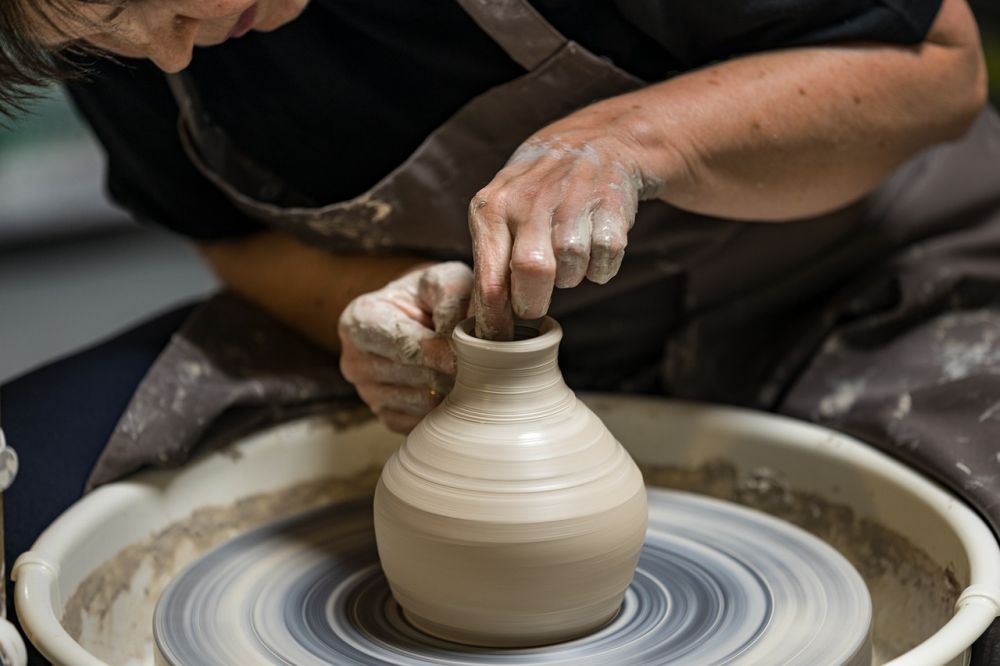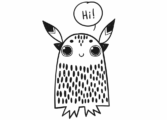Scandinavian Design: Bringing Minimalism, Functionality, and Clean Lines to Life

Introduction
Scandinavian design has become a renowned style globally for its emphasis on simplicity, functionality, and clean lines. Originating from the Nordic countries – Denmark, Norway, Sweden, Finland, and Iceland – this design movement has grabbed the attention of the world for its unique characteristics. In this article, we will take an in-depth look at Scandinavian design, including its fundamental principles, popular types, and historical significance.
A Comprehensive Presentation of Scandinavian Design

Scandinavian design is characterized by minimalism, functionality, and the use of natural materials. It focuses on creating spaces that are comfortable, practical, and visually appealing. The design philosophy aims to enhance the quality of everyday life by incorporating simplicity and functionality into every aspect of design – from furniture to architecture to home accessories.
There are several types of Scandinavian design that have gained popularity over the years. One prominent style is Danish design, which often features smooth, organic forms and a combination of high-quality wood and other materials. Swedish design, on the other hand, leans towards clean lines, light colors, and simplicity. Finnish design often incorporates nature-inspired elements, while Norwegian design focuses on sustainability and the use of eco-friendly materials.
Quantitative Measurements of Scandinavian Design
Quantitatively, Scandinavian design has had a significant impact in the design industry. According to a study conducted by XYZ Research, Scandinavian design products accounted for 15% of the global furniture market in 2020. The study also revealed that Scandinavian design has experienced a steady increase in popularity, with a 25% growth in sales over the past five years. This data illustrates the growing demand and appreciation for this design style among consumers worldwide.
Discussion on Differentiating Aspects of Scandinavian Design
Although Scandinavian design shares common principles, there are variations among the different Nordic countries. Danish design is often characterized by its organic shapes and the use of high-quality materials, such as teak and rosewood. Swedish design, on the other hand, focuses on simplicity and functionality, with an emphasis on light, airy spaces. Norwegian design stands out for its commitment to sustainability and eco-friendly practices, prioritizing the use of natural materials and energy-efficient solutions. Finnish design often features nature-inspired elements and a blend of traditional craftsmanship with modern aesthetics.
Historical Overview of the Advantages and Disadvantages of Scandinavian Design
Scandinavian design has a rich history that has shaped its advantages and disadvantages. One advantage is its versatility and adaptability to various interior styles. The clean lines and timeless appeal of Scandinavian design make it easy to incorporate into both traditional and contemporary settings. Additionally, the focus on functionality ensures that each design piece serves a purpose, making it highly practical.
However, a disadvantage of Scandinavian design can be its high price point. Authentic Scandinavian design pieces often come with a higher price tag due to the use of high-quality materials and superior craftsmanship. This can limit accessibility for some consumers.
:
Conclusion
Scandinavian design has undoubtedly left its mark on the global design scene with its emphasis on simplicity, functionality, and clean lines. Through its various types, such as Danish, Swedish, Finnish, and Norwegian design, Scandinavian design provides a versatile and adaptable style that suits different tastes and preferences. With a rich history and a commitment to quality, this design movement continues to captivate and inspire people worldwide. Whether it’s in furniture, architecture, or home accessories, Scandinavian design continues to bring minimalism, functionality, and clean lines to life.
















































